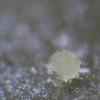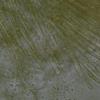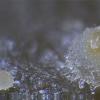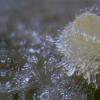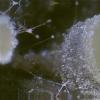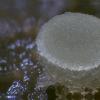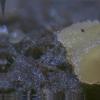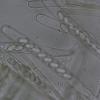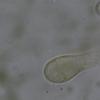
25-08-2025 17:37
 François Freléchoux
François Freléchoux
Bonjour,Nous avons trouvé samedi dernier à l'ét

20-08-2025 19:04
Ethan CrensonHello, This asco was found on the same wood as my

22-08-2025 08:41
Masanori KutsunaHello.Can anyone help me to get this article?Liu H

21-08-2025 02:18
Stefan JakobssonOn a necrotic section of a living Tilia cordata I

19-08-2025 20:58
Ethan CrensonHi all, Here is what I believe to be a Hymenoscyp
Ceilymenia granulata
Joop van der Lee,
01-12-2020 11:10
 Found on cow dung.
Found on cow dung.This species has a specific developement stage especially when it comes to the colour of the disk.
It do not know if this has something to do with the state of the dung for there is some difference between fresh dung and older dung.
This series of photo's is from species on older dung.
At first it does not look like it developes an orange colour but inside the fruitbody immature paraphyses have a deep orange colour because of the particles inside.
No asci where observed.
During the maturity process it developed an orange centre but that did nor result in a fully orange coloured distk.
The only darker disks I could find were the onces who did stick together.
Disks are surrounded by thickwalled globose hyaline cells measuring 39 to 54 um in diameter.
The excipulum is covered with long hyaline cells measuring 125-150x50-60 um.
Paraphyses: septated; 5.9-6.5 um enlarging at the top 12.5-13.5 um filled with orange particles.
Asci: 117-127x9.0-10.5 um; with a short stalk.
Spores: uniseriate; 12.0-13.5 um; surrounded by a small gelatinous sheath.
Apart from the first and double connected species I did not make a full research, that I did with the next series.


